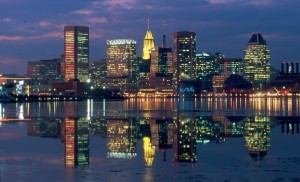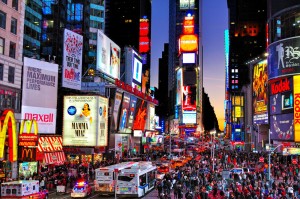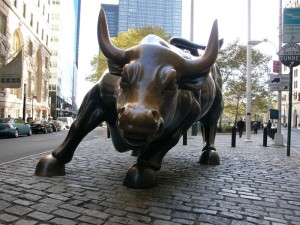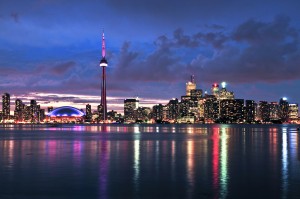 Baltimore Population 2013
Baltimore Population 2013
The current population of the city of Baltimore, Maryland is estimated to be about 621,342, which is an increase of about 0.3% from the last record of the population. This city is the largest city in the state of Maryland and the 24th largest city in the entire United State of America. Based on the total land area and the total population of the city, the population density of Baltimore is about 7,672 people per square mile.
Demographics of Baltimore
About 7% of the population is under the age of 5 years, while about 12% of the population is 65 years and older. Also, about 52.9% of the population is female, while the other 47.1% of the population is male.
The largest racial demographic in the city of Baltimore is the Black or African American group, which makes up about 64% of the population. The next largest demographic is the white group, which makes up about 28% of the population. The Hispanic or Latino population only makes up about 4% of the population. Lastly, the Asian population only makes up about 2.5% of the total population.
About 79% of the population, ages 25 years and older, has at least their high school degree. However, about 26% of the population, ages 25 years and older, has at least their bachelor’s degree from some college or university.
Religion in Baltimore
About 47% of the population of Baltimore identifies with a religious affiliation, compared to the national average of 49%. The largest religious affiliation is the Roman Catholic Church, which makes up about 12% of the population. The next largest affiliation is the Baptist Church, which makes up about 7% of the population. The Jewish population of the city is much higher than the average city. About 4.3% of the population is Jewish, compared to the average city, which is only about 0.7% Jewish.
 Sports in Baltimore
Sports in Baltimore
The city of Baltimore has two major professional sports teams: Baltimore Ravens and Baltimore Orioles. The Baltimore Ravens participate in the National Football League and they play in M&T Bank Stadium. The Ravens play in the American Football Conference, North Division. The last Super Bowl Championship that the Ravens won was in 2012. The Baltimore Orioles participate in Major League Baseball and they play in Oriole Park. The Orioles play in the Eastern Division of the American League. The last World Series title that the Orioles won was in 1983.
Video Tour of Baltimore Maryland
Historical Population of Baltimore
Over the course of the past few decades, the population of Baltimore has continually decreased. There are a few years where the population has increased by less than 1000 people, but other than that, the population has been declining. The population of the city has been less than the population of Philadelphia, but greater than the population of Washington D.C., despite the fact that Washington D.C.’s population is on the rise.
| Year | Population |
| 1990 | 735,632 |
| 1991 | 735,835 |
| 1992 | 731,227 |
| 1993 | 723,802 |
| 1994 | 713,248 |
| 1995 | 701,685 |
| 1996 | 688,542 |
| 1997 | 677,342 |
| 1998 | 667,479 |
| 1999 | 657,441 |
| 2000 | 648,654 |
| 2001 | 645,253 |
| 2002 | 642,246 |
| 2003 | 642,324 |
| 2004 | 641,004 |
| 2005 | 640,064 |
| 2006 | 640,961 |
| 2007 | 640,150 |
| 2008 | 638,091 |
| 2009 | 637,418 |
| 2010 | 620,560 |
| 2011 | 619,493 |



 Austin Population 2013
Austin Population 2013 University of Texas
University of Texas Population of New York City 2013
Population of New York City 2013 Income Distribution in New York City
Income Distribution in New York City Toronto Population
Toronto Population